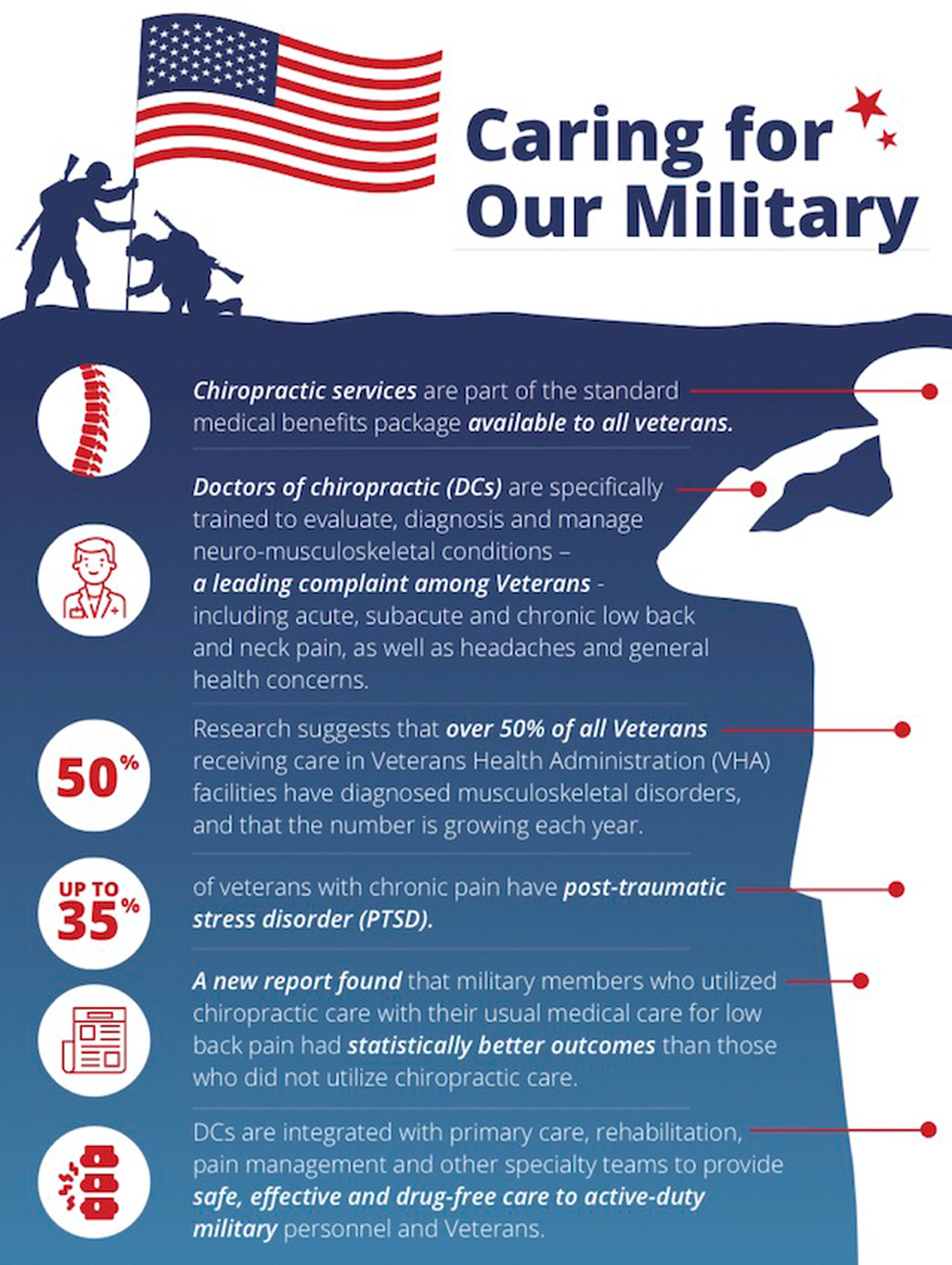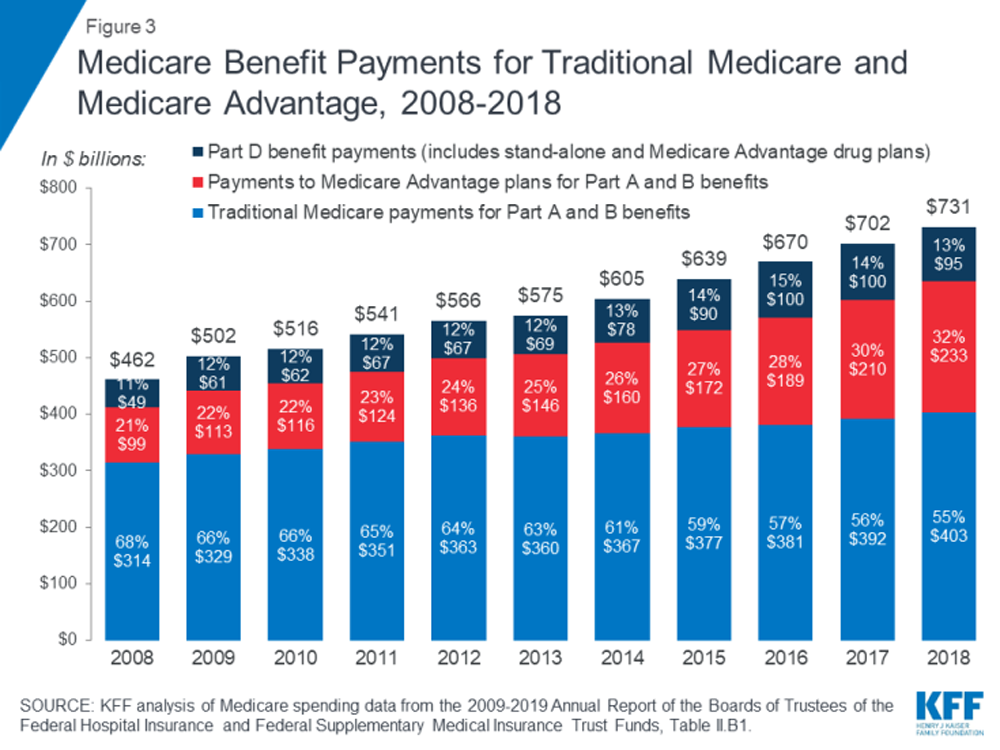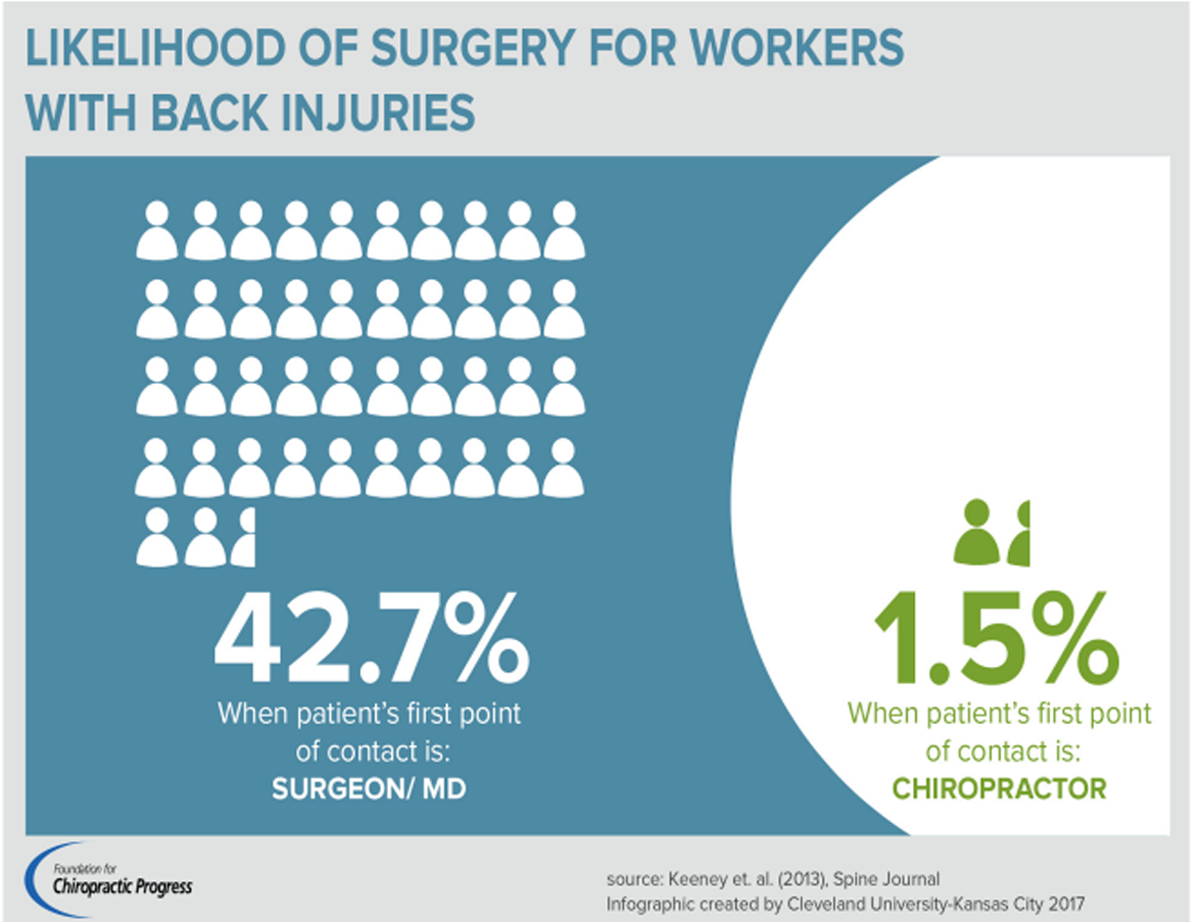Chiropractic Cost-Effectiveness
SOURCE: Health Insights Today
By Daniel Redwood, DC
“Doctors of chiropractic are a vital part of our nation’s health care system. Your services have been proven both effective and cost-effective and every day you help countless Americans with a variety of health conditions.”
~ Kathleen Sebelius,
Secretary of Health and Human Services
2011 National Chiropractic Legislative Conference
Health care costs in the United States continue to rise and now account for 17.6% of the economy. In the public sector, Medicare and Medicaid budgets are under continual strain, while accelerating private sector insurance premium increases are pricing millions of American families out of the market each year.
Aside from outlawing pre-existing condition exclusions and providing premium subsidies for those who need them most, the Patient Protection and Affordable Care Act of 2010 (PPACA) empowers the Department of Health and Human Services to take a variety of steps toward controlling costs. But attempts to utilize these powers will trigger strong opposition from groups facing adverse impact to their bottom lines. Further complicating matters, the future of PPACA remains uncertain as opponents seek to vilify, defund and repeal it.
In the current economic and political climate, one of the most important arguments to be made for any health care method is that it is cost-effective. As a result, researchers are redoubling their efforts to identify cost-effective approaches. This includes a growing number of studies addressing the cost-effectiveness of chiropractic services. Chiropractors and chiropractic students need to understand this information and to share it with others.
There are more articles like this @ our:
Low Cost Plus High Effectiveness Is the Goal
The most critical point when seeking cost savings is to distinguish between high-value and low-value services. On the scale of relative value per dollar spent, health economists identify the highest value services as those that effectively prevent or treat disease and cost less than competing approaches; services of the lowest value are those that have less satisfactory outcomes and cost more than the alternatives. The goal is to incentivize the use of high-value services and discourage the use of low-value services. Across-the-board budget cuts that fail to make such qualitative distinctions are the equivalent of substituting a meat cleaver for a surgeon’s scalpel, or a sledgehammer for a chiropractic adjustment.
We need both solid data and insightful analysis of that data. If we accept that high-value services should be incentivized, then we must engage in a rigorous, ongoing search for health care services that effectively prevent and treat illnesses and do so at a reasonable cost.
Within the past few years, there have been several key developments in the evaluation of the effectiveness and cost-effectiveness of various approaches for back pain and neck pain. These conditions comprise a significant majority of cases seen by chiropractors.
National Guidelines: American Pain Society and American College of Physicians (2007) [1]
Read the rest of this Full Text article now!






I really enjoyed reading this article because there are some great research statistics to quote in here. That being said, I do not share the author’s sunny optimism regarding govt. health care. What in the world would exempt a national HC system from the rampant corruption that is present everywhere else in the public sector. Chiropractic is the cost-effective, best results choice, no doubt. However, cash is king in D.C. and Big Pharma has injected billions into campaigns, lobbying, etc.